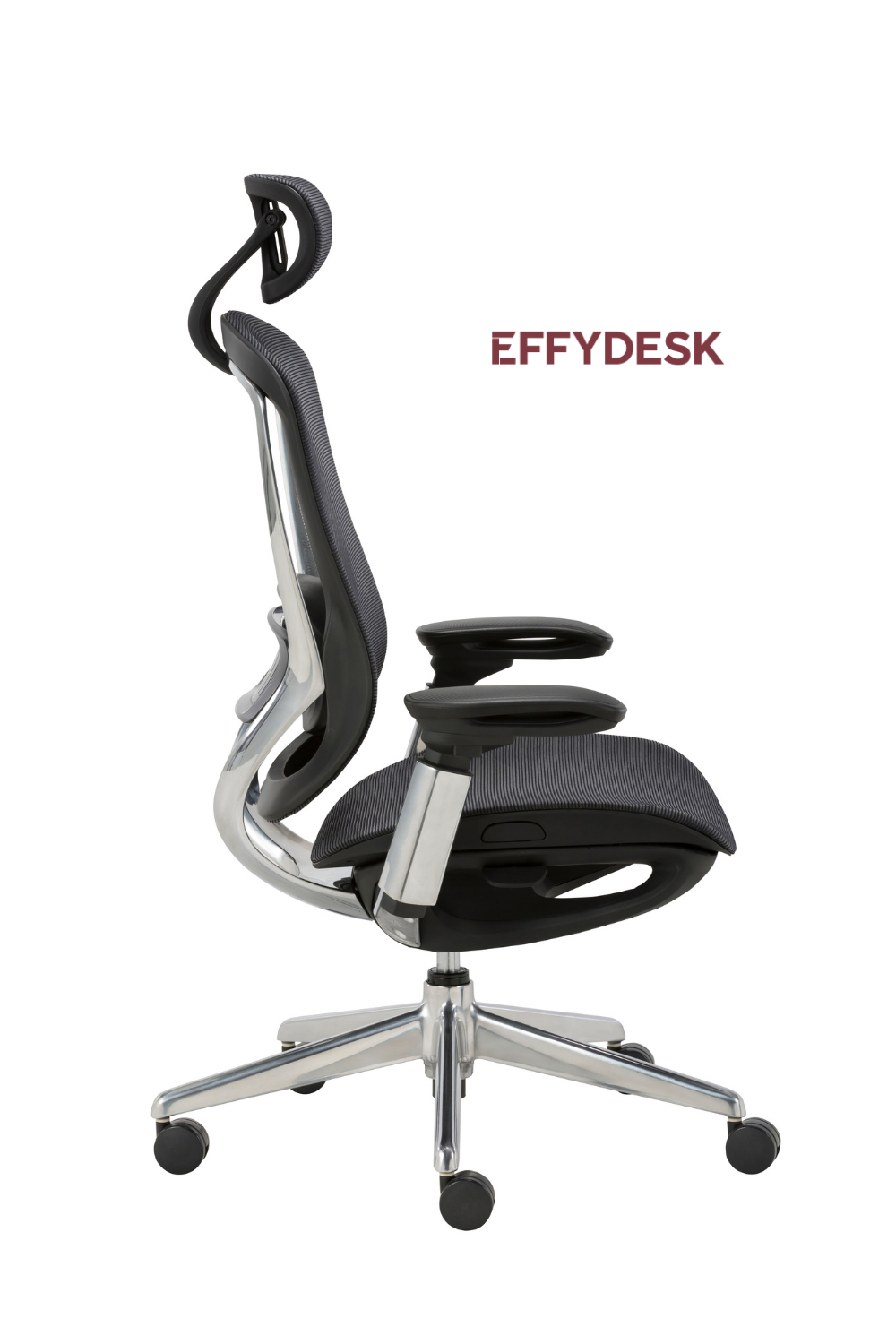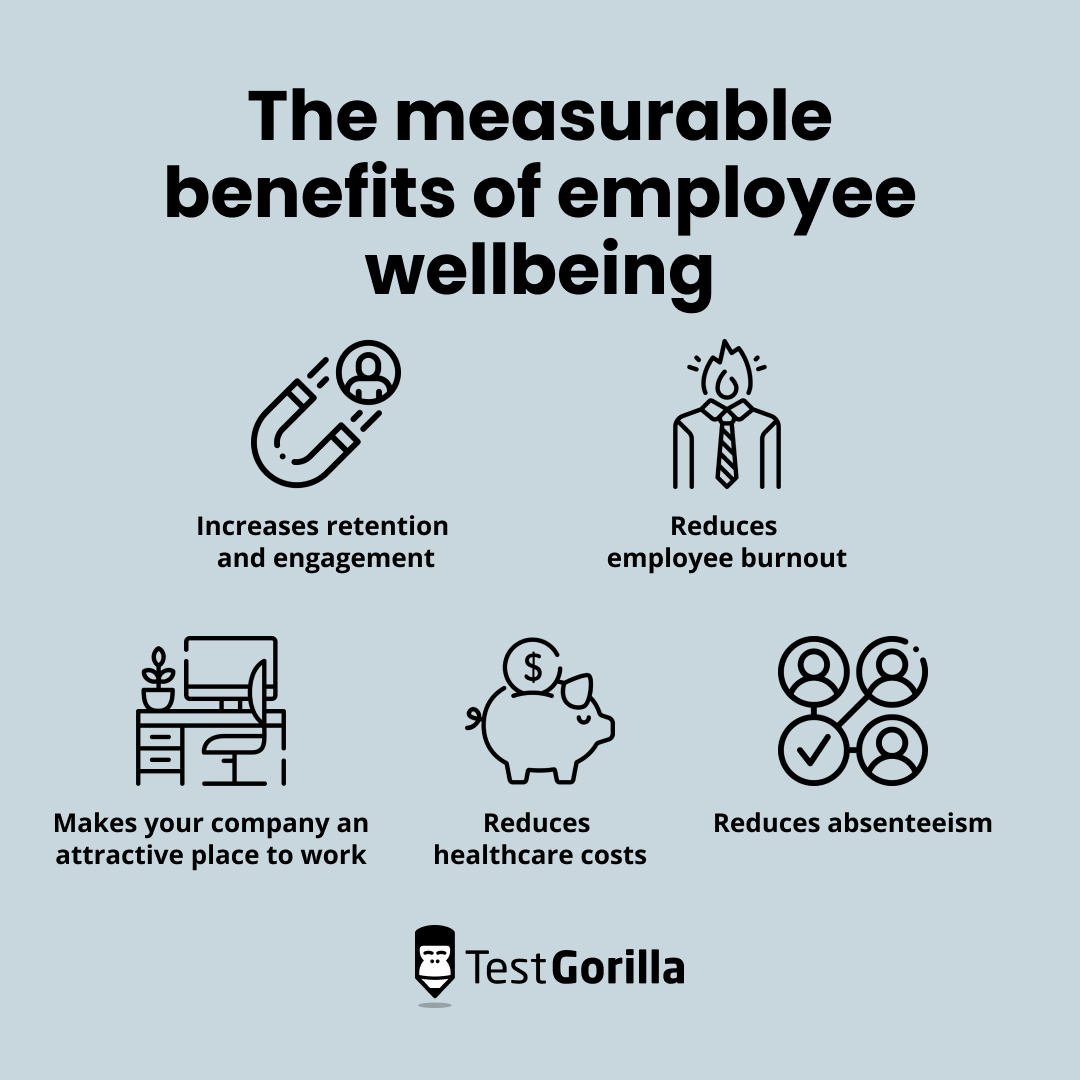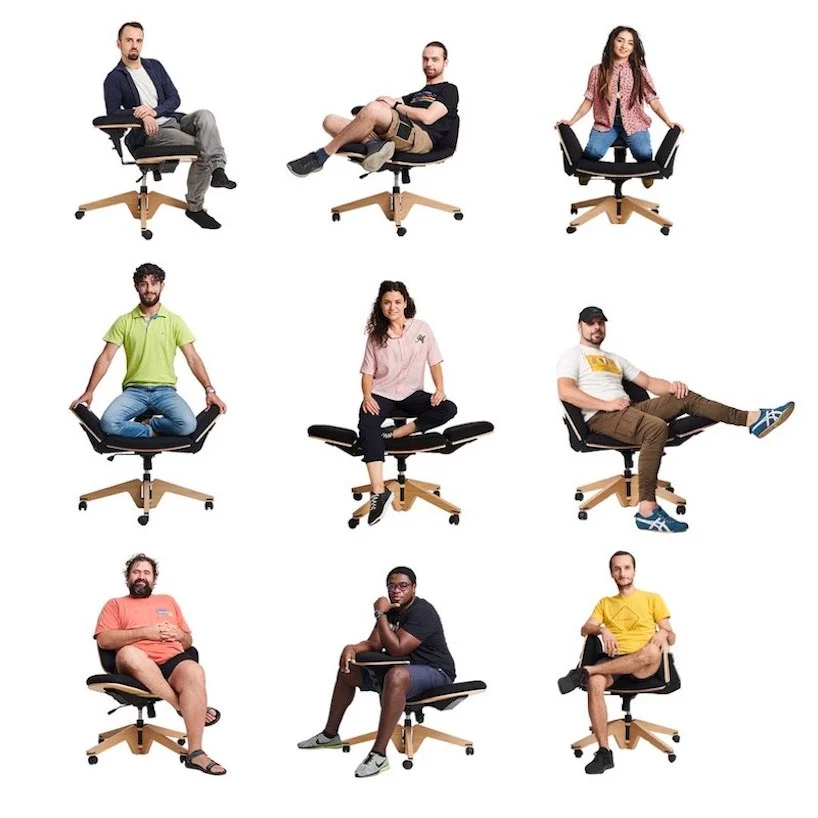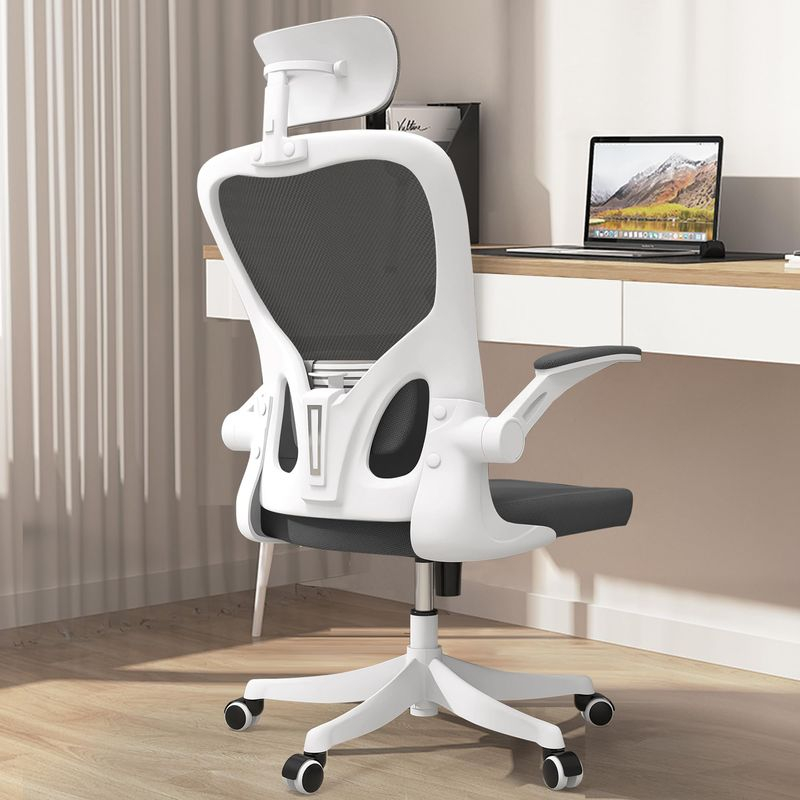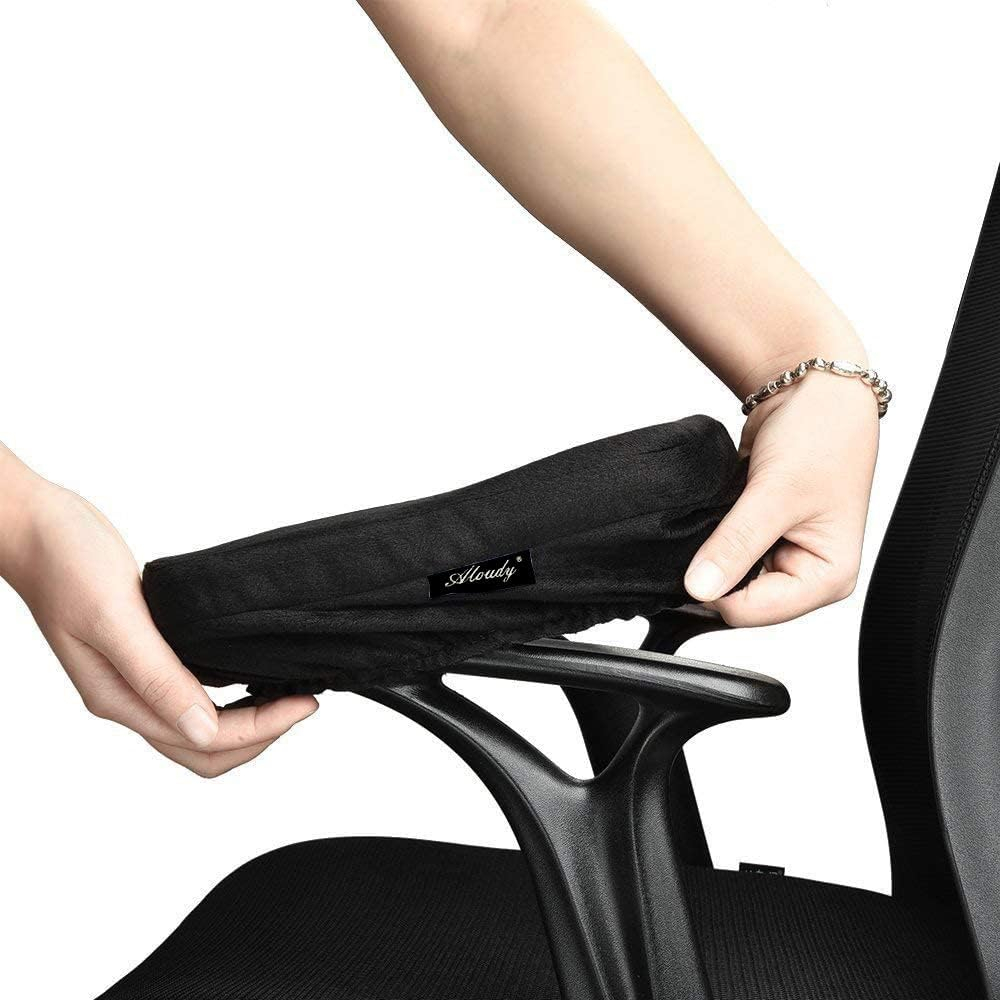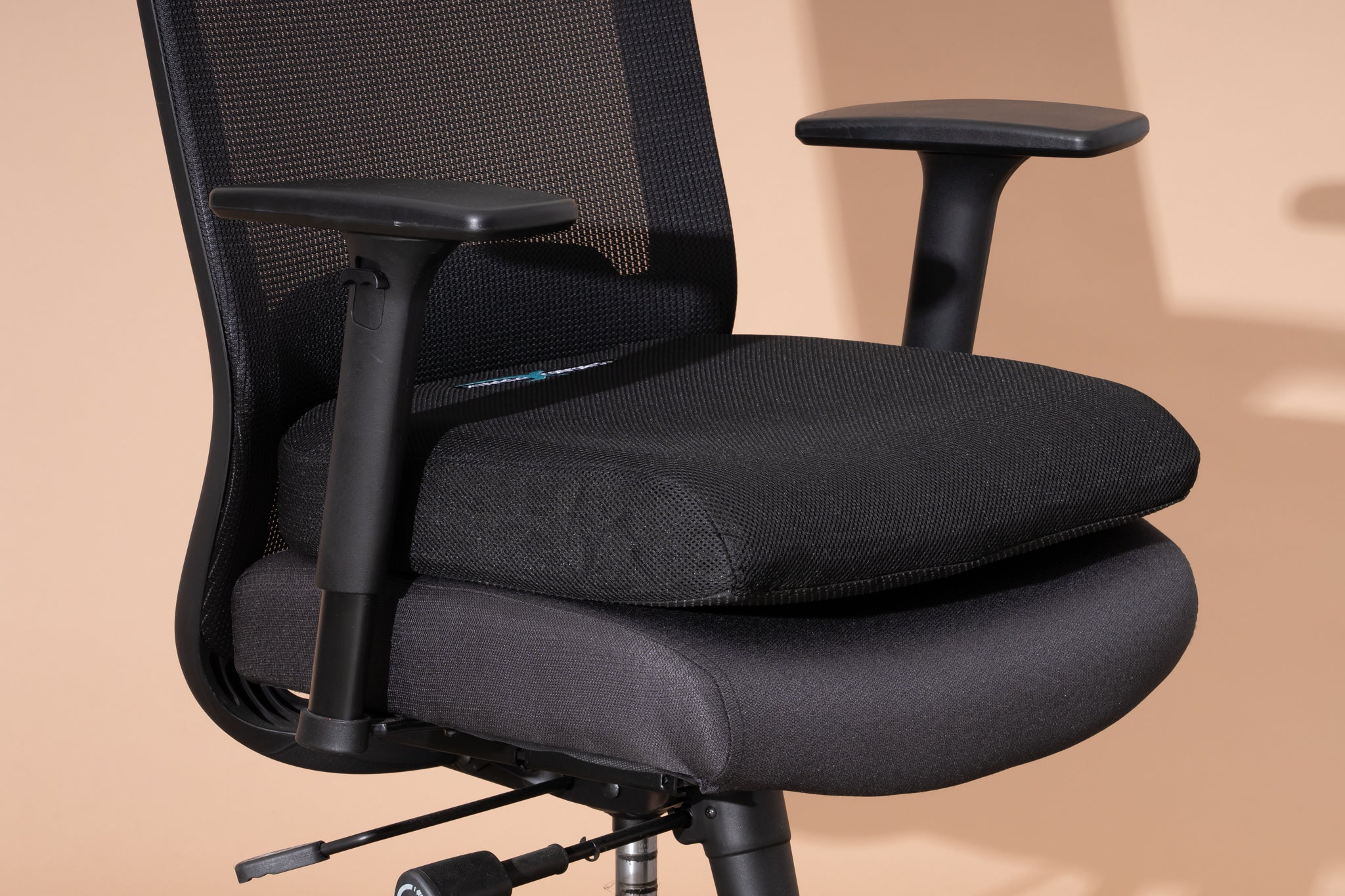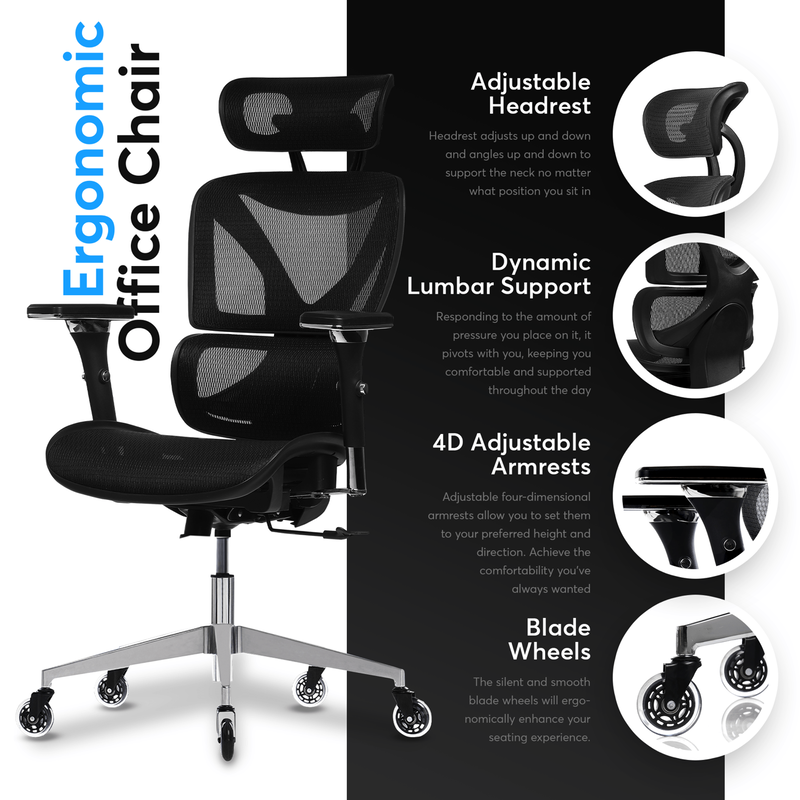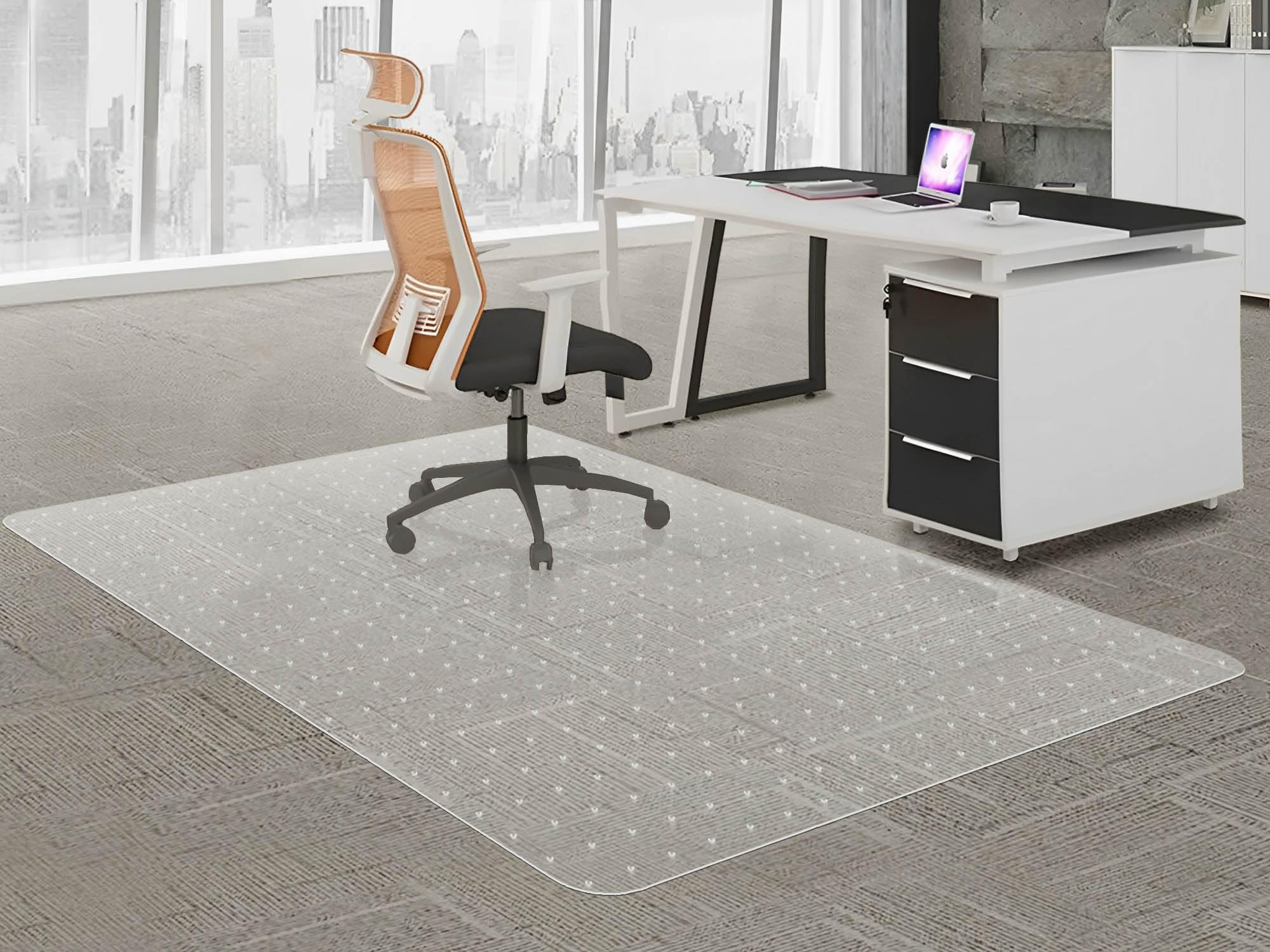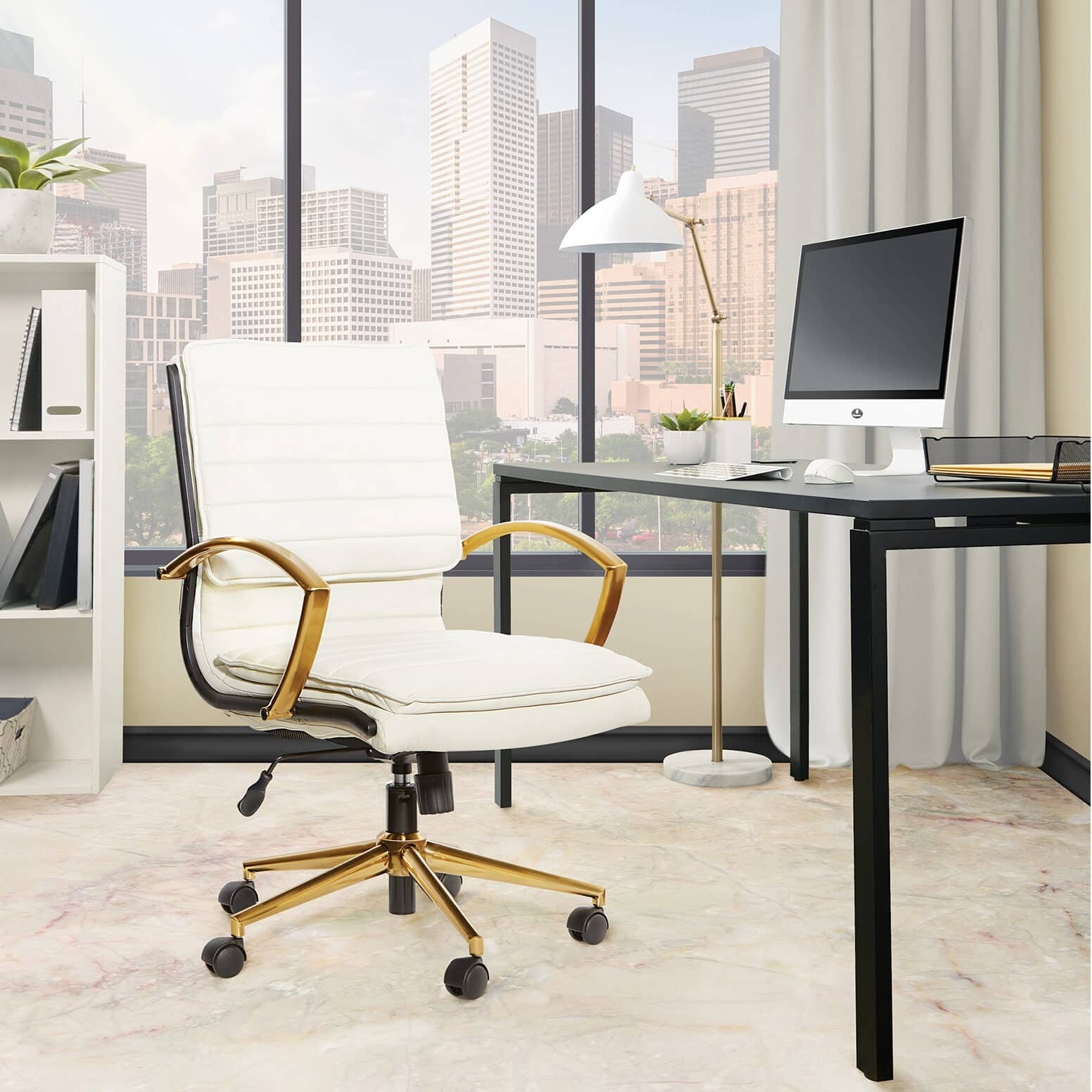We spend a huge chunk of our lives sitting. Think about it – at work, at home, during commutes. Usually, we don’t give our seating much thought. But what if that simple chair was actually playing a massive role in how we feel, both physically and mentally? It turns out, it is. Ergonomic office chairs are designed with your body in mind, and the benefits reach way beyond just avoiding a sore back. They’re about fostering a healthier, happier, and more productive you.
It’s easy to dismiss an office chair as just a place to park yourself for eight hours. But the reality is, the chair you use can profoundly influence your health and overall sense of well-being. Traditional chairs often force our bodies into unnatural positions, leading to a cascade of problems. We’re talking about back pain, neck strain, poor circulation, and even reduced focus. Ergonomic chairs, however, are engineered to support your body’s natural alignment, promoting good posture and reducing the physical stress associated with prolonged sitting. Let’s dive into why this seemingly simple piece of furniture is actually a critical component of a healthy workspace and a thriving life.
Easing the Aches: Combating Musculoskeletal Discomfort
One of the most immediate and noticeable advantages of an ergonomic chair is its ability to alleviate and prevent musculoskeletal pain. Have you ever felt that nagging ache in your lower back after a long day? Or perhaps a stiff neck from hunching over your keyboard? These are common complaints, and they often stem from sitting in chairs that don’t offer adequate support. Ergonomic chairs are built with features like adjustable lumbar support, which cradles the natural curve of your spine. They also encourage a more upright posture, distributing your weight evenly and reducing pressure on your spinal discs. This can make a world of difference, transforming those dreaded aches into a distant memory. Think of it as giving your spine the hug it deserves all day long.
Boosting Circulation and Energy Levels
Prolonged sitting, especially in a chair that restricts movement or cuts off circulation, can leave you feeling sluggish and drained. Ever experienced that pins-and-needles sensation in your legs? That’s often a sign of poor blood flow. Ergonomic chairs are designed to promote better circulation. Features like waterfall seat edges, which curve downwards, reduce pressure on the back of your knees, allowing blood to flow more freely. When your circulation is good, your brain and muscles receive more oxygen, which can lead to increased energy levels and a sharper mind. You might find yourself feeling less fatigued and more alert throughout the workday, simply because your chair is helping your body function optimally.
Enhancing Focus and Productivity: A Mental Connection
It might seem like a stretch, but your chair can actually impact your ability to concentrate and get things done. When you’re constantly shifting to find a comfortable position or dealing with pain, your focus inevitably suffers. Your brain is busy trying to manage discomfort instead of on the task at hand. An ergonomic chair, by providing consistent support and comfort, allows your mind to remain undistracted. This means you can dedicate more mental energy to your work, leading to improved concentration, greater efficiency, and ultimately, higher productivity. It’s a subtle but powerful effect: a comfortable body often leads to a more focused mind.
Supporting Long-Term Health: Preventing Chronic Issues
The benefits of ergonomic seating extend far beyond immediate comfort. By promoting good posture and reducing strain, these chairs can play a crucial role in preventing long-term health problems. Chronic back pain, repetitive strain injuries (RSIs), and even issues like carpal tunnel syndrome can be exacerbated by poor seating. Investing in an ergonomic chair is an investment in your future health. It’s about proactively taking care of your body and reducing your risk of developing debilitating conditions down the line. Think of it as preventative medicine for your work life.
Creating a Positive Workspace Atmosphere
Beyond the physical advantages, the presence of ergonomic furniture can contribute to a more positive and supportive workplace culture. When employees feel valued and cared for, their morale and job satisfaction tend to increase. Providing ergonomic chairs signals that the organization prioritizes the well-being of its staff. This can foster a sense of loyalty and create a more pleasant environment for everyone. It’s not just about the chair itself, but what it represents – a commitment to a healthier, happier workforce.
Key Features to Look For in an Ergonomic Chair
So, what makes a chair truly ergonomic? It’s not just about looking fancy. Here are some essential features to consider:
- Adjustable Lumbar Support: Crucial for supporting the natural curve of your lower back.
- Adjustable Seat Height: Allows your feet to rest flat on the floor with your knees at a 90-degree angle.
- Adjustable Armrests: Should be at a height that allows your shoulders to relax and your elbows to rest comfortably.
- Seat Depth Adjustment: Ensures there’s enough space between the edge of the seat and the back of your knees.
- Tilt Mechanism and Tension Control: Allows you to recline and adjust the resistance, promoting movement and reducing static posture.
- Breathable Material: Helps with comfort and temperature regulation over long periods.
Picking the right chair is a personal journey, and trying before you buy is always a good idea if possible. What works for one person might not be perfect for another, but these features are a great starting point.
In the grand scheme of things, an office chair might seem like a minor detail. But as we’ve explored, its impact on our well-being is anything but minor. From alleviating pain and boosting circulation to enhancing focus and preventing long-term health issues, the benefits of an ergonomic office chair are substantial and far-reaching. It’s more than just a place to sit; it’s a tool that can actively contribute to a healthier, happier, and more productive you. So, next time you settle into your workspace, take a moment to appreciate your chair. Is it supporting you, or working against you? Making the switch to an ergonomic design is a simple yet powerful step towards prioritizing your health and overall quality of life.

